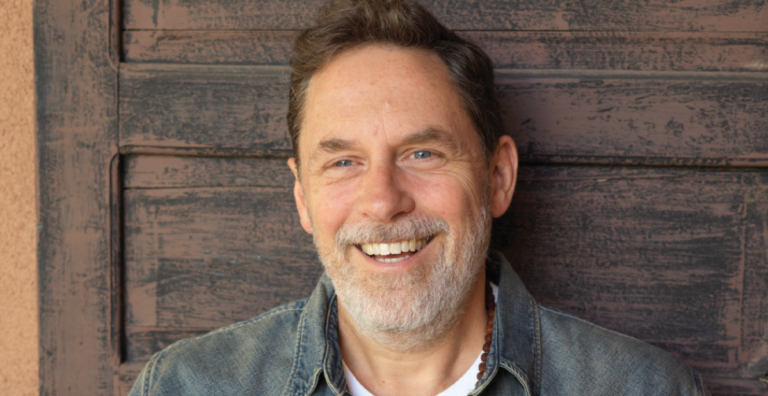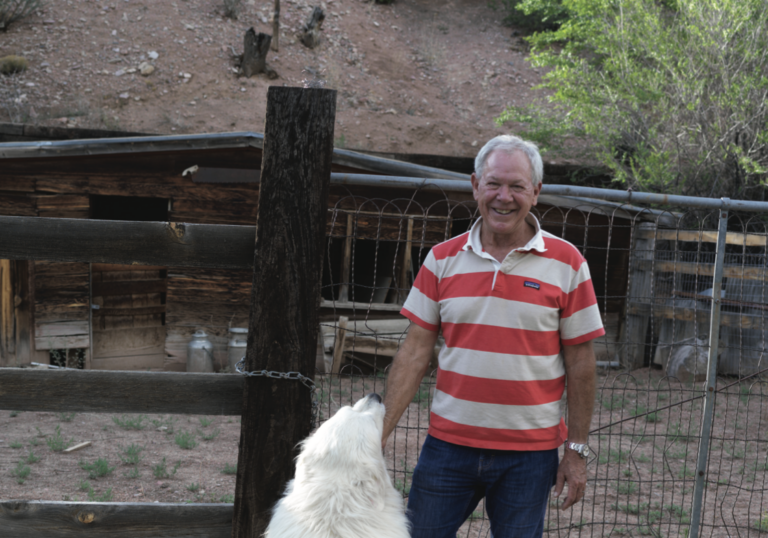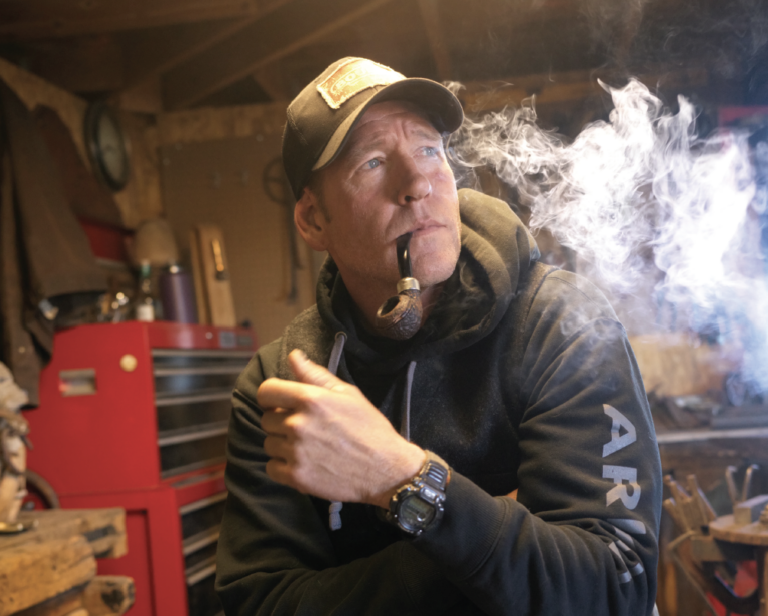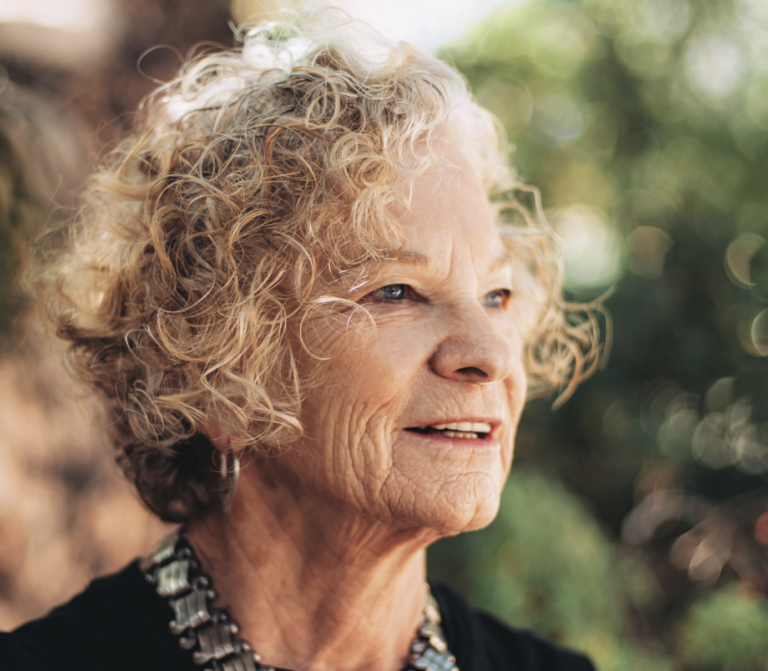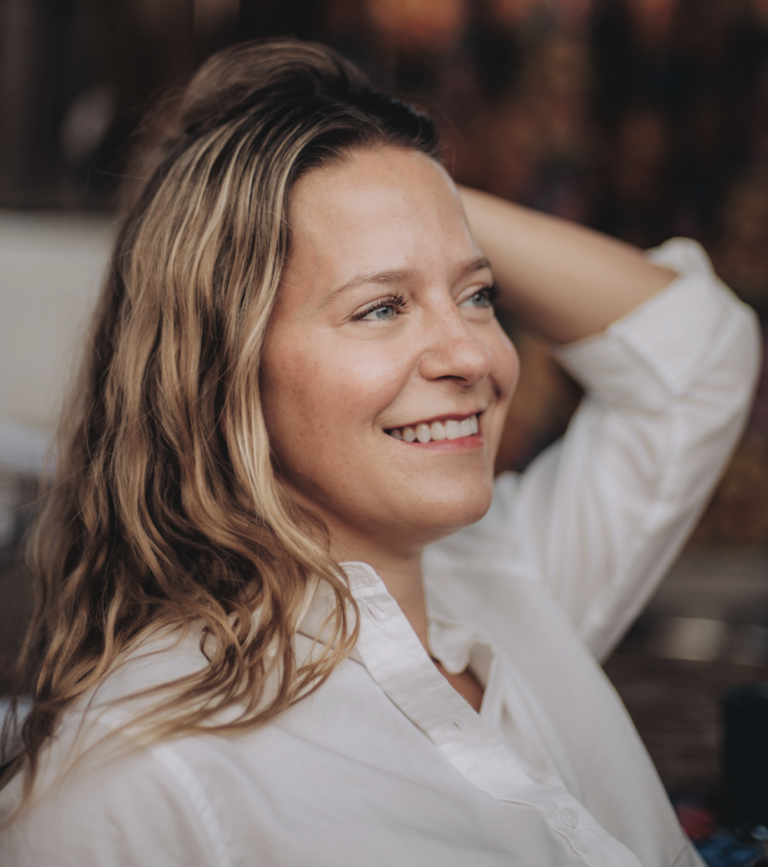IF YOU’RE FEELING A LITTLE HELPLESS THESE DAYS, perhaps you should consider jiu-jitsu. It may just provide that touch of confidence, discipline, and knowledge that could neutralize a nasty threat from someone. And you may learn even more than that from your instructors, if they happen to be this man and his team. They seem to have distilled their training and knowledge into such a compelling philosophy of practical instruction, that even children listen to them.
What do you teach?
Jiu-jitsu, Kriya Yoga and meditation, and Kundalini Yoga. It’s a merger of practices that support each other through the last 15 years of my journey to make myself the best I can be.
I use jiu-jitsu and a holistic approach to martial arts to teach children to be courageous, to have integrity in times of challenge, and to be fearless in their decisions and in their lives. If we don’t learn to withstand external pressure at a young age, it becomes a lot harder as an adult, and we have all kinds of psychological barriers based in fear and trauma.
What got you interested in this?
My mother telling me I was getting fat.
Were you getting fat?
I was like a skinny chubby kid in high school. I had stopped working out and I got into the partying. I was no longer playing tennis, which was what I grew up doing. That was my thing.
I grew up in Istanbul but when I was 12, we moved to California. So it was a big change for a 12-year-old and it made me very much on my own. I was always alone. My family opened this restaurant with all of these kebabs and I would just eat all day. So my mother said, Get going, do something.
I went to a local gym and I started doing jiu-jitsu, learning from all these fighters because Orange County is the Mecca of fighting. The jiu-jitsu fighters there are known as Legends.
My first teacher, had a huge impact on me – he showed me that I wasn’t made out of glass and that I could believe in myself and stay in the ring and keep up in the fight. One day in sparring, I was about to give up, and he was like, Keep going, do what you’re supposed to do. I overcame the situation and that’s when I knew I had power, that I could do something about the way I was feeling from external pressure.
What’s the history of jiu-jitsu?
Jiu-jitsu comes from the Samurai. The Samurai were originally Buddhists, practicing martial arts within their spiritual lifestyle. They were influenced by Zen culture, known as Darruma in Japan. Darruma taught them how to be martial artists, and how to find deep meditation within it.
Meditation is central to jiu-jitsu?
The Samurai call it Mushin. The Yogis call it Shunya. It’s the state of zero. It’s a neutral space, a meditative space in yourself. It takes practice and time to be able to tap into your meditation because your mind wanders. With jiu-jitsu, when there’s someone in front of you, you shake hands and you connect with them. That type of intense pull into the present moment is an opportunity for us to find neutrality, the state of zero, in our senses.
The practical discipline, the technical application, the drilling, the performance practice, is all masculine. But the meditative state is equally important. When I started, I didn’t really have that yin aspect, the feminine aspect to my discipline. One day I got curious after getting injured. Why was I doing this? Why am I here? I looked around, I’m in the best academy in the world in California. But my body was breaking, and my anger, my temper kept acting up. I realized the answer is Mushin. We find this flow state in it and we learn to let go of fear. So I combined jiu-jitsu with my yoga practice, a sweet balance.
Why are you doing this with children?
I wasn’t taught this stuff as a kid. When I came across the yoga teachings and meditation and emotional awareness or mindfulness, I realized I wasn’t raised and educated that way. So I didn’t have the tools to cope.
When I started, I saw the growth in the kids’ confidence and the quality of life that they’re having. They have joy, they smile, they’re socially comfortable. I thought, This is the best thing you could be doing.
Why do you use music?
It’s called Nada yoga, the yoga of sound. Many lineages and cultures use rhythm, music, and vibration for medicine, transcendental states, and meditation. The way I learned is through my own voice. I am able to sing and listen to my own self, which is the practice of Nada Yoga.
You cannot be happy if you’re a low vibration. You have to raise your vibration. And it’s not like hippy-dippy. I’m anti-hippy dippy. When I talk about vibration, I’m talking about your presence in this world in the moment. Our heart has a magnetic field that is our aura. Our aura can be expanded and strengthened through breath work practice and meditation, by tapping into the life force – the breath or chi or prana. Learn how to do this practice and you stimulate your endocrine system and flush your lymphatic system. Get on a good diet and have a consistent morning practice.
But I’m no perfect guru or master.
Why do you like Santa Fe?
The pace of life, the high desert, and people that come here are seeking. People are coming here for a deeper experience in life. And I’m here to introduce something new to the west. I’m here with modern jiu-jitsu and ancient meditation and yoga. I feel like Santa Fe is the perfect place for this.
More at Darruma.com
Photo SFM



